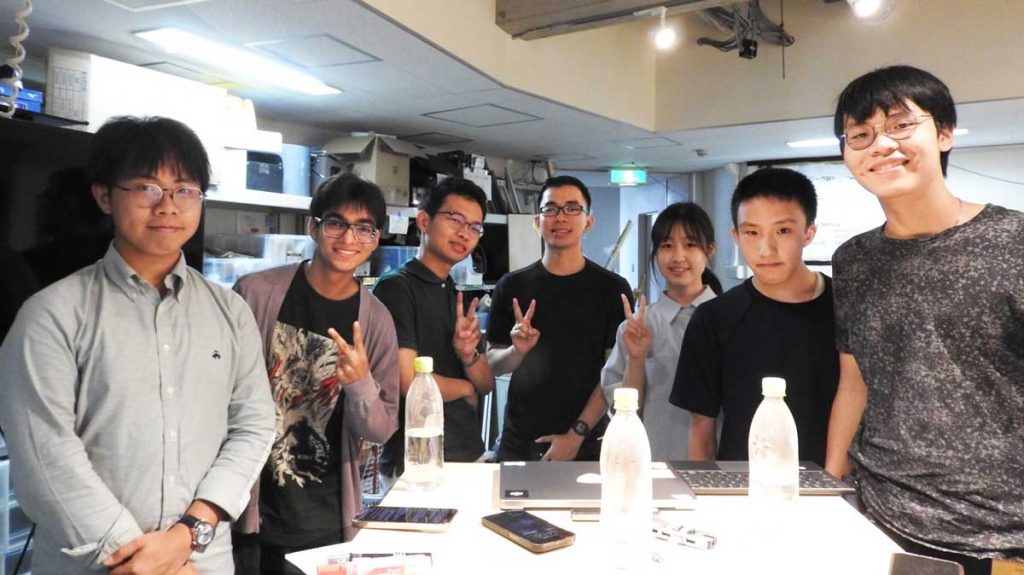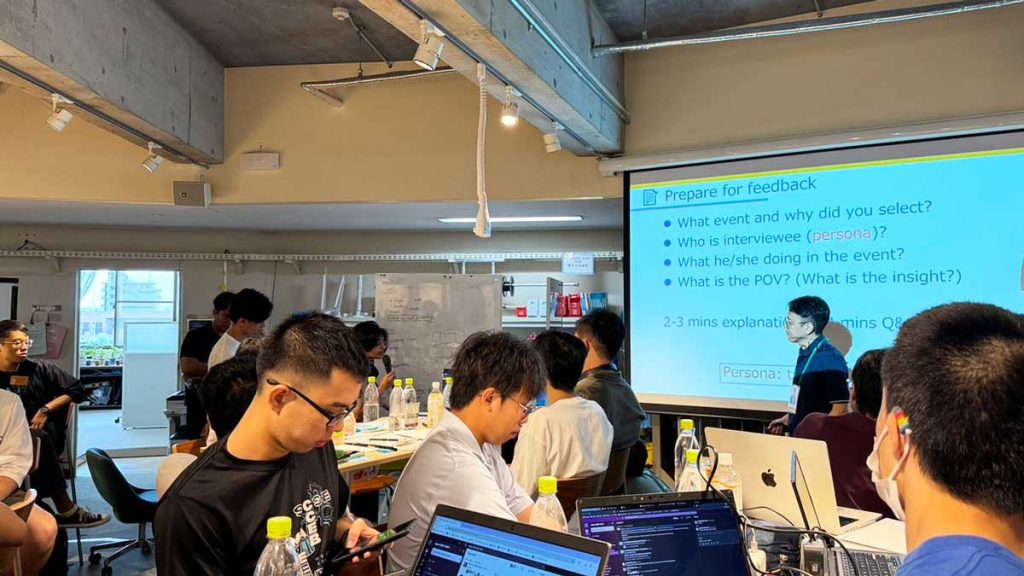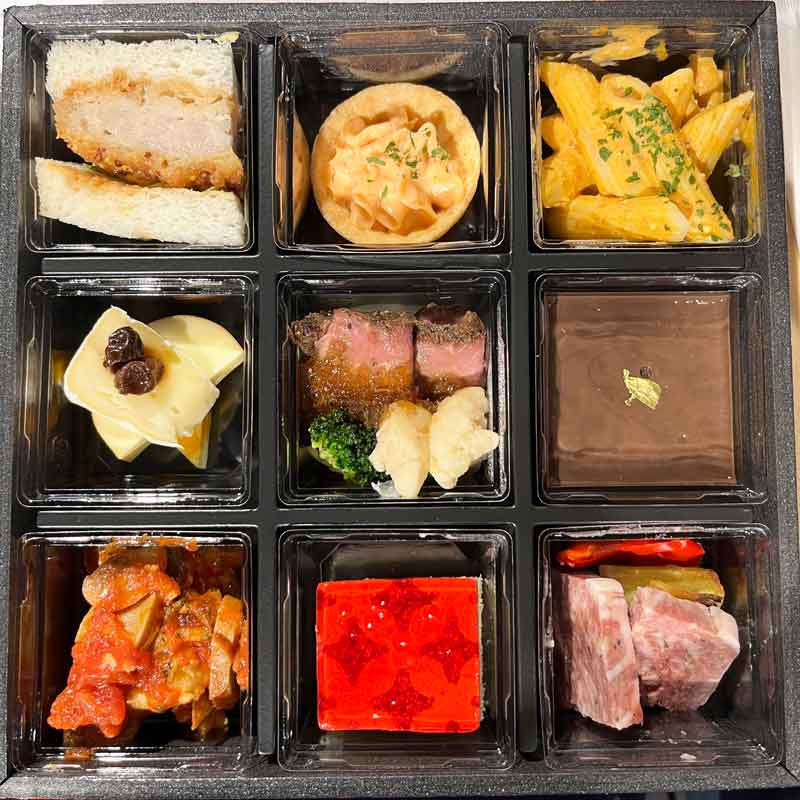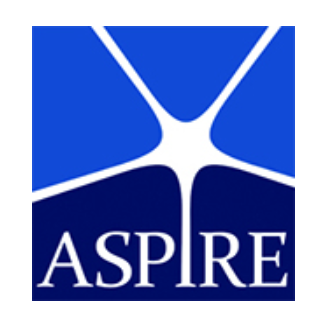With the cooperation of five universities (the ASPIRE League) – Tokyo Tech, Korea Advanced Institute of Science and Technology (KAIST), Tsinghua University, Nanyang Technological University, and Hong Kong University of Science and Technology – a five-day undergraduate engineering design challenge workshop is held each year at Tokyo Tech. As both a former participant and this year’s program TA, I would like to share my experience with the program and explain why you should consider joining it.
Engineering Design Challenge
During this five-day program, together with participants from ASPIRE League member universities, you will learn about the basics of the engineering design process and bring your ideas to life through a fun and interactive presentation with new friends from different universities. Not only that, you will also see the beauty of the Japanese design process as well as learn more about Japanese culture through a cultural exchange activity.

On the first day, you will form a group and make new friends from other universities. After a quick ice-breaking session, you will learn about the creativity of the Japanese in making art, symbols, and painting, before focusing on the main theme of the program: events and festivals in Japan. Your goal will be to develop products that will be used to solve problems at festivals or to improve festivals and make them more enjoyable.
Japan is a country with many events, and there is no month that passes without a festival. The festivals that are celebrated can range from traditional ones such as Hanami (Cherry Blossom Viewing), Setsubun (Welcoming of Spring), Hina Matsuri (Doll’s Festival), and Tanabata (Star Festival), to international events such as Valentine’s Day, Halloween, and even Christmas. Each group will explore what happens in these events and investigate how Japanese people participate by researching and interviewing those who have taken part.

After learning about the festivals, you will spend the second through fourth days of the program developing products with your group, following step-by-step guidance from the professor. To summarize, the process starts with finding the needs of the events and brainstorming to find possible solutions. After creating your first draft, you can get feedback to improve your idea by talking with Japanese students. Finally, you will make your prototype to show the class how your product works. Your prototype can be made from simple materials such as cardboard, but if you decide to go fancy, 3-D printers are also available in the workshop. You don’t have to worry about the time limit; since this is only a short workshop, a quick and easy prototype will suffice. The focus is on showing your idea and creativity, not on making a fully functional product.

The last day is the final presentation, but this is not a regular, boring presentation. Instead, in order to fully show your idea to the class, you have to create a role play that demonstrates how users will interact with your product and how it will affect their lives.

That is the end of the main activity. I know you might think that the program will be tiring, however, there are also other activities that will keep you entertained throughout.
Cultural Exchange
Half of the second day of the program is devoted to a Japanese culture exchange activity. It could be a field trip, a performance, or a traditional art experience. This event changes every year, so who knows what exciting experiences will await you in the next ASPIRE UEDC!
For your reference, here are some of the past exchange activities in the culture programs that I have joined:
In 2023, I went on a field trip to the Tokyo National Museum in Ueno. This year, in 2024, I got to experience a Taiko drum performance at Tokyo Tech.

After-party
To celebrate everyone’s hard work, Tokyo Tech also prepared a special Japanese-style bento as a final banquet.

What you will get from this program
To conclude, this is a program where you can learn the engineering design process in an international environment while also exploring Japanese culture at the same time. For Tokyo Tech students, these are the merits of joining:
- For international students, you can learn more about Japanese culture.
- For Japanese students, you can improve your communication and presentation skills in English.
- You can meet new friends from different countries.
- You get to experience the engineering design process and use tools such as a 3-D printer.
- You will earn two extra credits.
That is all I have to share about the program. I hope that my blog piques your interest in the program, as well as the engineering design process and Japanese culture. This program will be open for application again around April 2025 for second- to fourth-year undergraduate students. If you are not free around then, Tokyo Tech also has other international exchange programs to offer. So please keep an eye out!

ASPIRE League homepage: http://www.aspireleague.org/
ASPIRE Undergraduate Research Activities: http://www.aspireleague.org/activities/epug/
